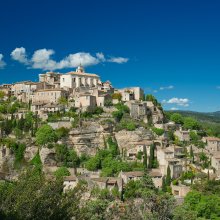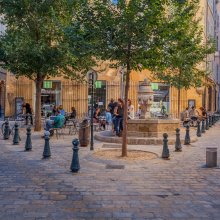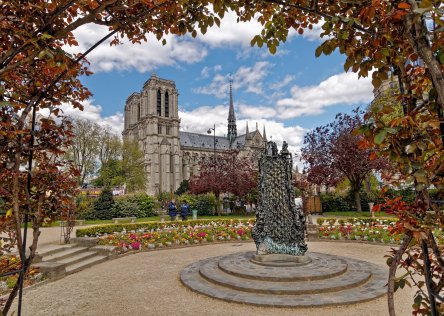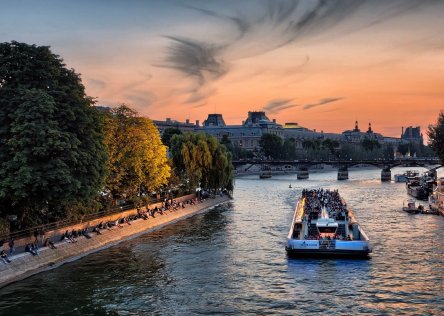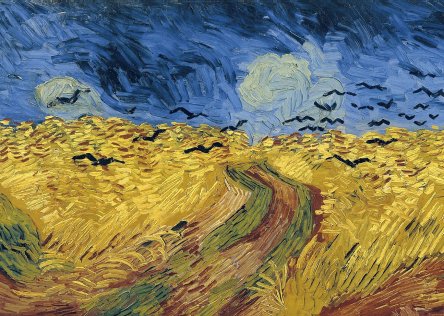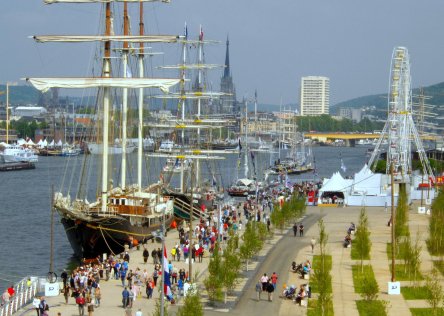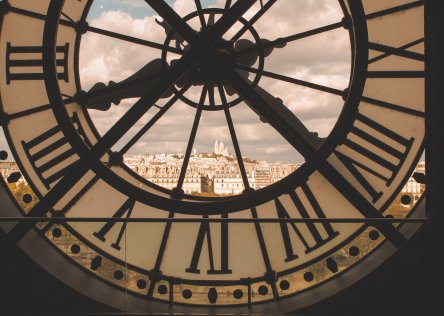Situated in the South of France, most people think of Provence as a summer destination. With abundant nature, there is plenty of fun to be had exploring the region’s diverse and beautiful landscapes under the never-ending sunshine. Yet, there is a lot more to Provence than just days out in the sun. Come Christmas time, the whole region transforms into a winter wonderland.
The region has its own special Christmas customs and this makes the festive season here particularly magical. The festivities run from the 4th of December right through until the 2nd of February. Throughout this period there are all kinds of rituals and celebrations that take place. If you like Christmas then you’re in for a real treat in Provence.
If you also wish to lear about Christmas traditions all over the world, you may Christmas Around the World Interactive Map
St. Barbe’s Day
The 4th of December is St Barbe’s Day and on this day you are supposed to plant wheat or lentil seeds in dishes. If the stalks grow straight and green it is a sign of a prosperous year to come. The wheat that grows as a result of this activity is then used to decorate the Christmas crib that is made by families.
Making the Crib (Crèche)
Once the wheat has been planted, Christmas can get started. The first thing families do is build their Christmas crib using their collection of santons. Santons (little saints) are human figurines that are sculpted by craftsmen using wood or clay. The santons are made to represent traditional professions such as bakers, butchers and tailors. The little figures are then used to populate your homemade nativity scene.

Crib in Provence - ©CDT Vaucluse
There are dozens of markets that pop up all over the region selling santons so the people of Provence can add to their collection year after year. We will tell you where to buy santons from a local lady who learned how to make them from her own parents. She keeps the tradition alive using a traditional wood oven and painting the santons by hand. The santons tradition orginally comes from the Alpilles regions, which include Arles, Saint Remy de Provence, les Baux de Provence.

Santons of Provence - ©CDT Vaucluse
Christmas Eve Dinner
On Christmas Eve, the table is covered with three tablecloths. Each tablecloth is slightly smaller than the one beneath it so that all three can be seen. Three white candles are then placed on the table to represent the Holy Trinity. The table can also be decorated with the wheat and lentils that were planted on St. Barbe’s Day.
The Christmas Eve dinner is then served up. The meal is typically lean and meat-free and consists of seven dishes made up of local vegetables and regional fish. Each of the seven dishes is said to represent one of the sorrows of the Virgin Mary.
The table remains set like this from the 24th of December through to the 26th as these are the three main celebration days. Once dinner is finished on Christmas Eve, any leftovers are left on the table so that the angels can join in the festivities while the family goes to Midnight Mass.
Midnight Mass
This is a special service that takes place at midnight on December 24th. Various Christmas carols are sung before and after a sermon. The whole event finishes with a Christmas blessing and more singing from the choir. Occasionally, there is also an enactment of the nativity scene by the local people of Provence.

Christmas mass in Provence is often given in Provençal language - ©OT Saint Remy de Provence
The Thirteen Desserts
Probably the most delicious of all the Christmas celebrations in Provence, the thirteen desserts symbolise Jesus and his twelve apostles at the last supper. The desserts are eaten after Midnight Mass and are divided in to four categories: pasty, candied fruit, dried fruit and nuts, and fresh fruit. Each type of dessert has a particular significance.
In Avignon, you will be able to taste all these desserts.

13 dessert table in Provence for Christmas
The centrepiece of the desserts is a special type of bread called Pompe à l'huile (which you see on the picture on the right of the table with a star shape on it). This dish is a sweet bread made with olive oil that has been infused with lemon peel or orange blossom water. The bread must be pulled apart by hand and never cut with a knife, just as Jesus tore the bread apart at the last supper.
We’ll tell you where to taste the best Pompe à l’huile (all year long).
The Epiphany
The last of the big Christmas celebrations occurs on the 6th of January. This is the Epiphany and it marks the arrival of the three wise men. In Provence it is celebrated by eating a delicious galette des rois, a cake in the shape of a crown that has crystallised fruit on top as a garnish. On this day, it is also traditional to move the wise men santons from the peripheries of the nativity scene to the crib.

Traditional Galette des Rois from Provence & Southern France (it's different in Northern France: Frangipane)
Outlined above are some of the most important Christmas traditions in Provence but, of course, there is so much more to enjoy once you are there.
The best way to experience the Provence Christmas celebrations is to be there for yourself.
Find out more about our Provence itineraries.



